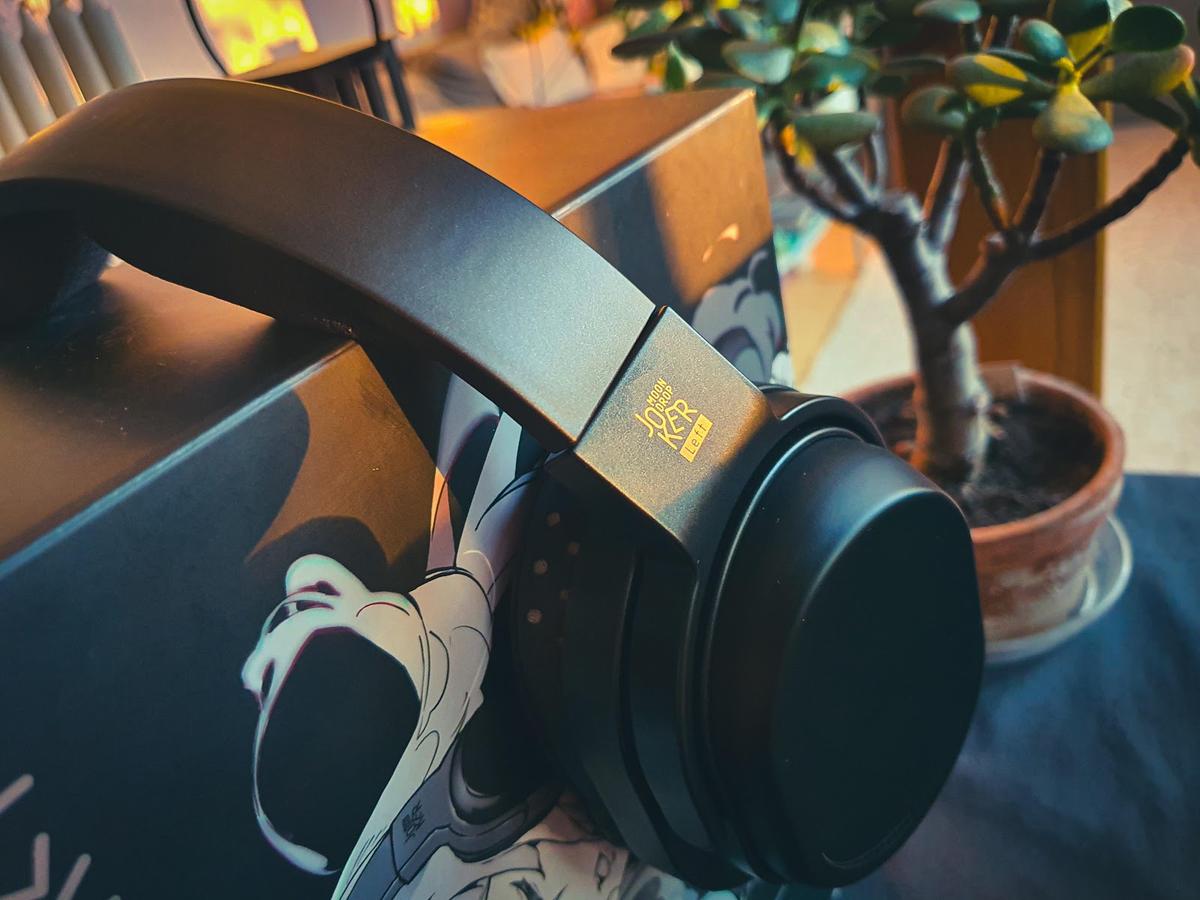Closed-back headphones aimed at professionals that are neither closed nor neutral enough for studio work.
While I don’t always agree with their tuning choices, I greatly respect Moondrop Audio. They are one of the firebrands for measurement-driven audio design, and more often than not, their products display exemplary performance – both objectively and subjectively.
Having heard some of their IEMs, I agreed to check out what Moondrop can do with low-cost closed-back headphones. They know how to measure, so surely, at worst, I’ll get masterfully tuned everyday utility headphones I can recommend to office workers.
Little did I know.
- Superb build quality
- Elegant looks
- Comfy
- Mids are fairly neutral
- Rather detailed
- Very little low-end
- Almost no isolation
- Upper-mids are too hot
- Treble plagued by resonances
- Earcups lack damping
Long story short – the Joker headphones fail in many ways, and I recommend Moondrop return to the drawing board and do a redesign. There are good headphones somewhere in there – if only they’d revamp how they sound.
Technical Specifications
- Form factor: Closed-back, over-ear
- Drivers: 50mm dynamic drivers
- Nominal impedance: 68Ω±15% at 1kHz
- Sensitivity: 106dB/V at 1kHz
- Frequency response: 20 – 20000Hz (IEC60318-4, 3dB window)
- Cable entry: Dual 3.5mm TRS jacks
- Weight: 290g without cable
Packaging
Let’s start with the good! The packaging, especially when you take into account the price, is absolutely superb!
I’m not even mad about having yet another anime waifu box on my shelf.
The graphic looks stylish (or maybe I’m becoming a waifu connoisseur), and the outer sleeve feels nice.
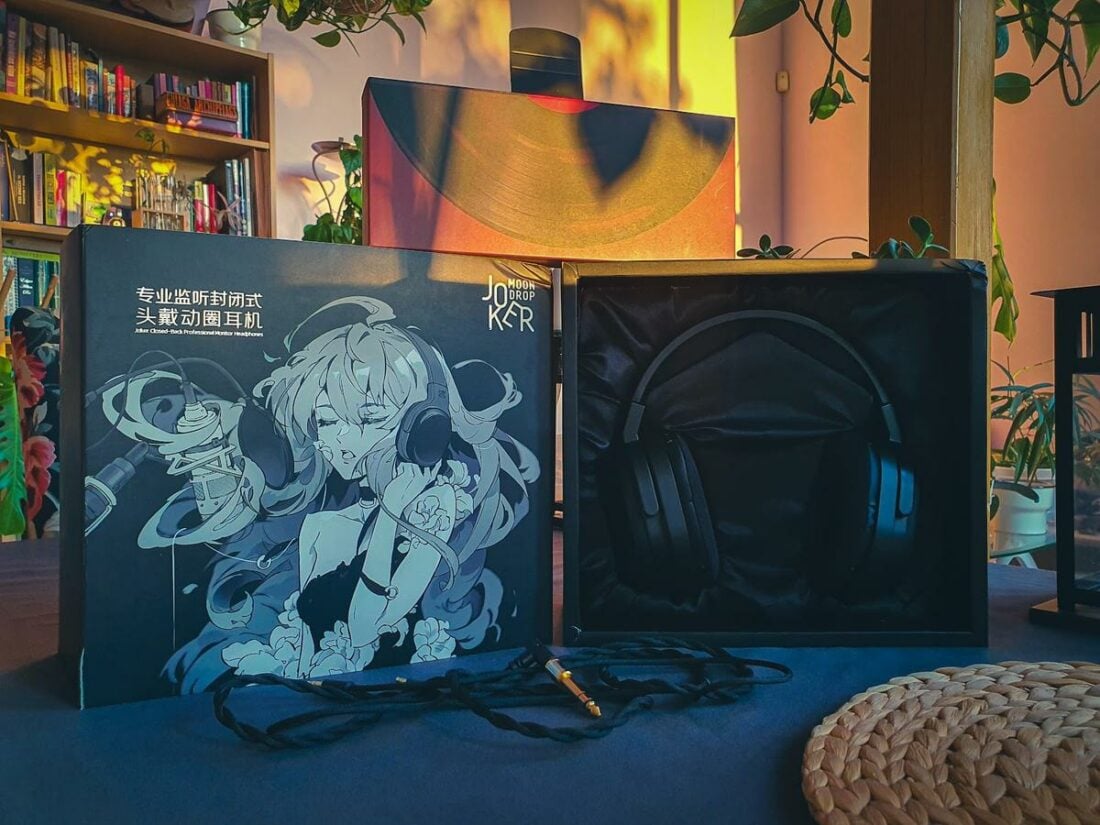
After removing the sleeve, we’re greeted with a suede-covered display case holding the Joker headphones and a cardboard box with the cable and paperwork inside. The last time I had a suede-lined box to keep headphones was when I opened up the Sennheiser HD800S.
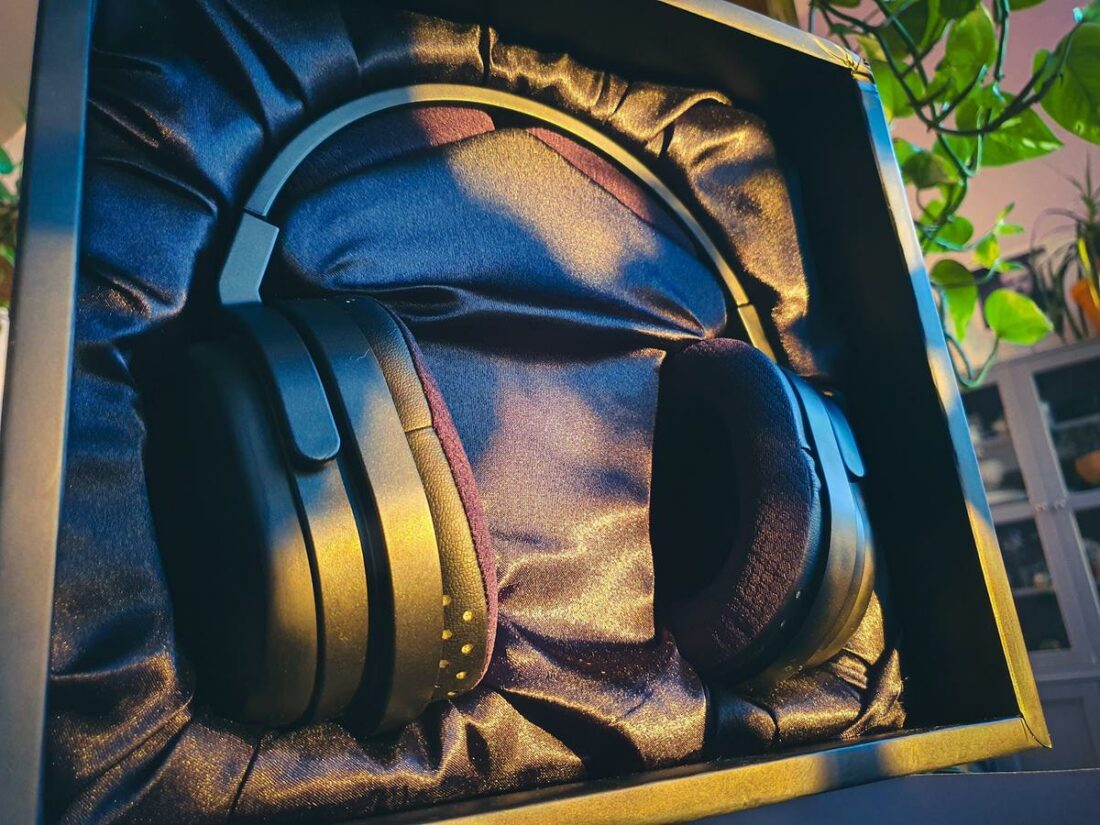
Like with the FiiO FT3, I’m forced to throw shade at Sennheiser.
The new Sennheiser HD6XX-series headphone package looks worse than this. The Joker also has some helpful info on the back of the box – basic specifications and a measurement. I was initially concerned about how accurate it would be, but as we will find later – it’s pretty spot-on.
In the box
- Moondrop Joker headphones
- 1.5m cable
- 3.5mm to 6.35mm adaptor
- Manual
- QC certificate
- Info card
Design
Despite feeling a bit on the light side, the build quality is very nice. The earcups on the Moondrop Joker are made of brass, which means they’re always cool to the touch. The headband adjustment is ratcheting and reminds me of the Sennheiser HD600.
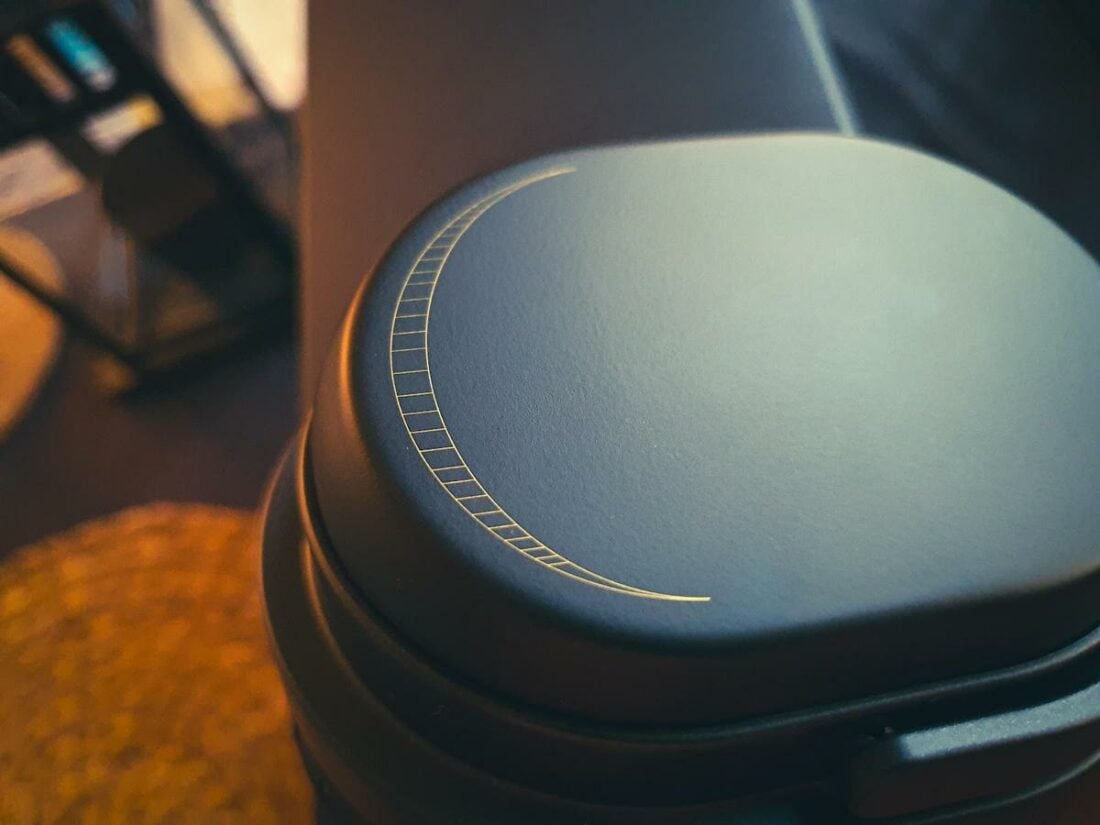
Looks-wise, I find the Joker pleasantly understated and generally elegant with an almost all-black finish. The ‘grin’ accents on the earcups only caught my eye when focussing on them. Allegedly, should the paint come off the earcups, it will reveal the golden brass underneath, making potential wear and tear quite interesting.
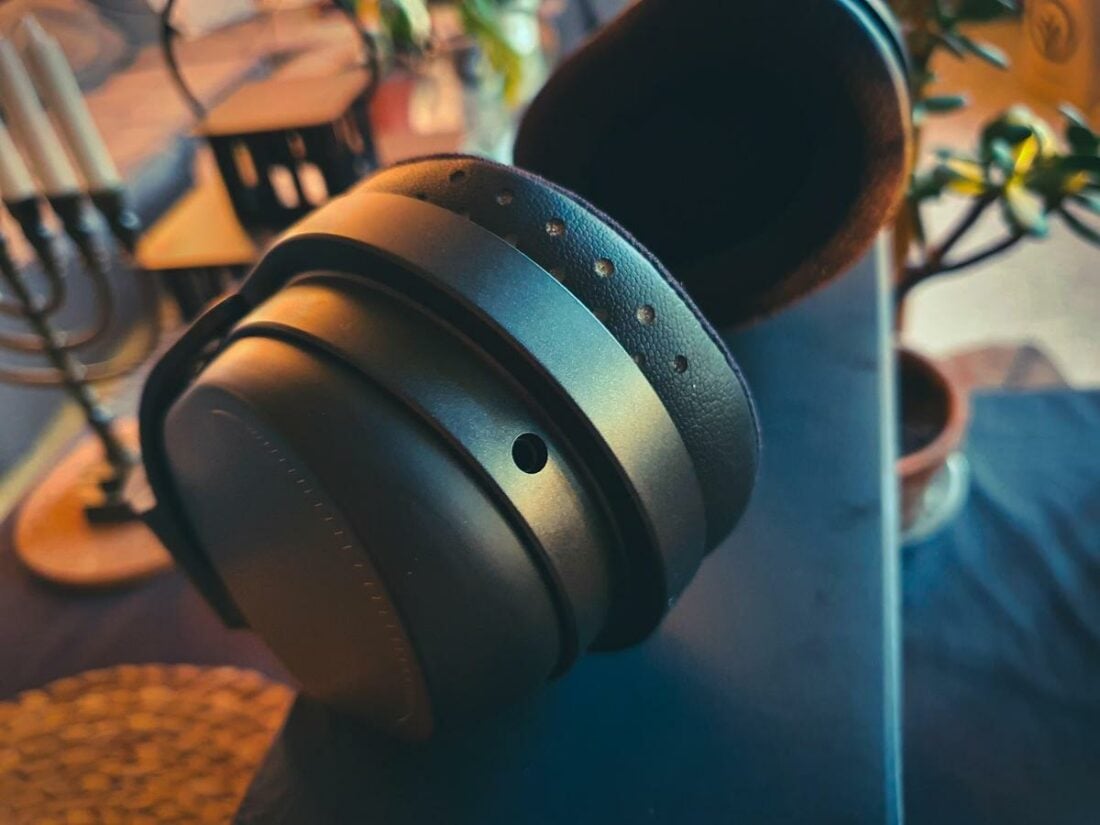
In terms of comfort, I have no qualms. The headband sits nicely on my head with no pressure points, and the clamping pressure agrees with the shape of my noggin. Again, Moondrop has done its homework as far as ergonomics are concerned.
Cable
The Joker come with a 1.5-meter-long cable that’s terminated with 3.5mm TRS jacks. Despite being advertised as a pro-oriented device, the input side is an angled jack that won’t agree with most audio interfaces. The 6.35mm adaptor is a nice addition; however, a screw-on would be more apt here.
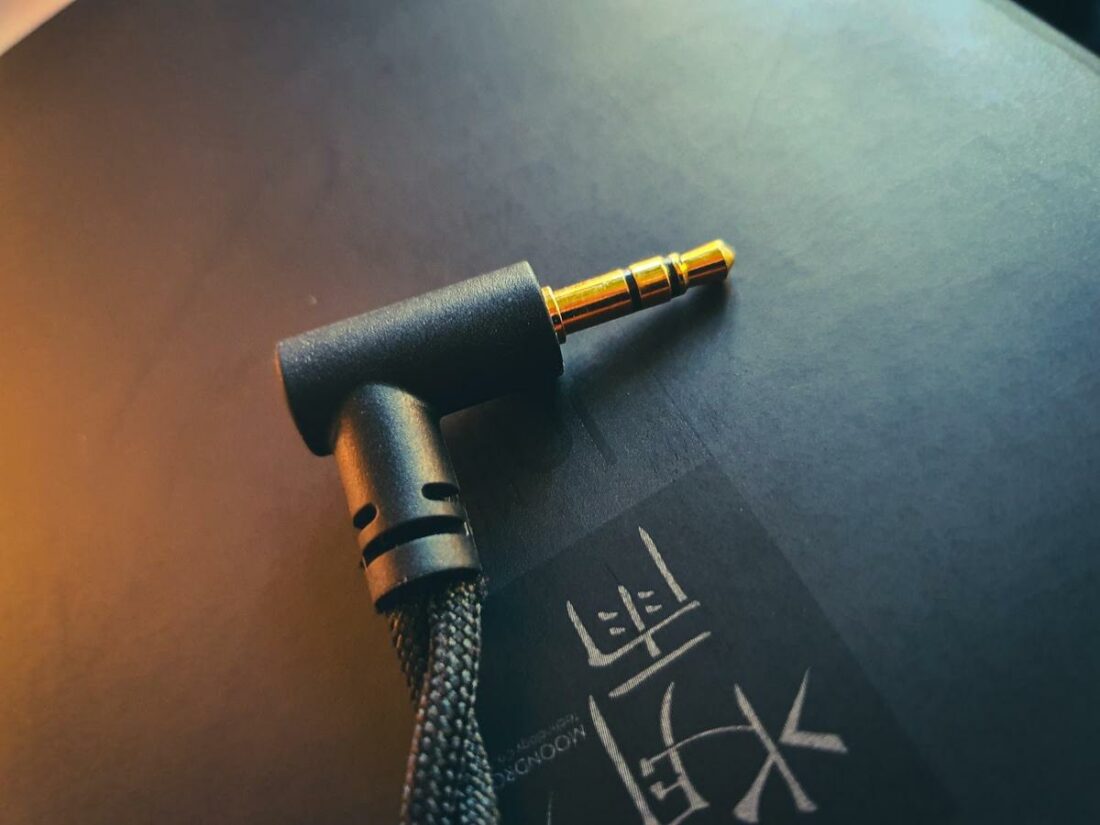
Whether it will be long enough is a matter of use-case. Luckily, the 3.5mm inlets on the earcups mean that replacements should be easy to procure or craft.
Overall, I’m pretty happy with the cable and the fact that it’s replaceable.
Internals
According to the information provided by Moondrop, the Joker use a 50mm mylar diaphragm driver that’s PVD coated with alloy vapors to increase stiffness. Lately, I’ve seen many other headphones using OEM drivers of this sort with varying degrees of success.
After all, it’s not just about the driver.
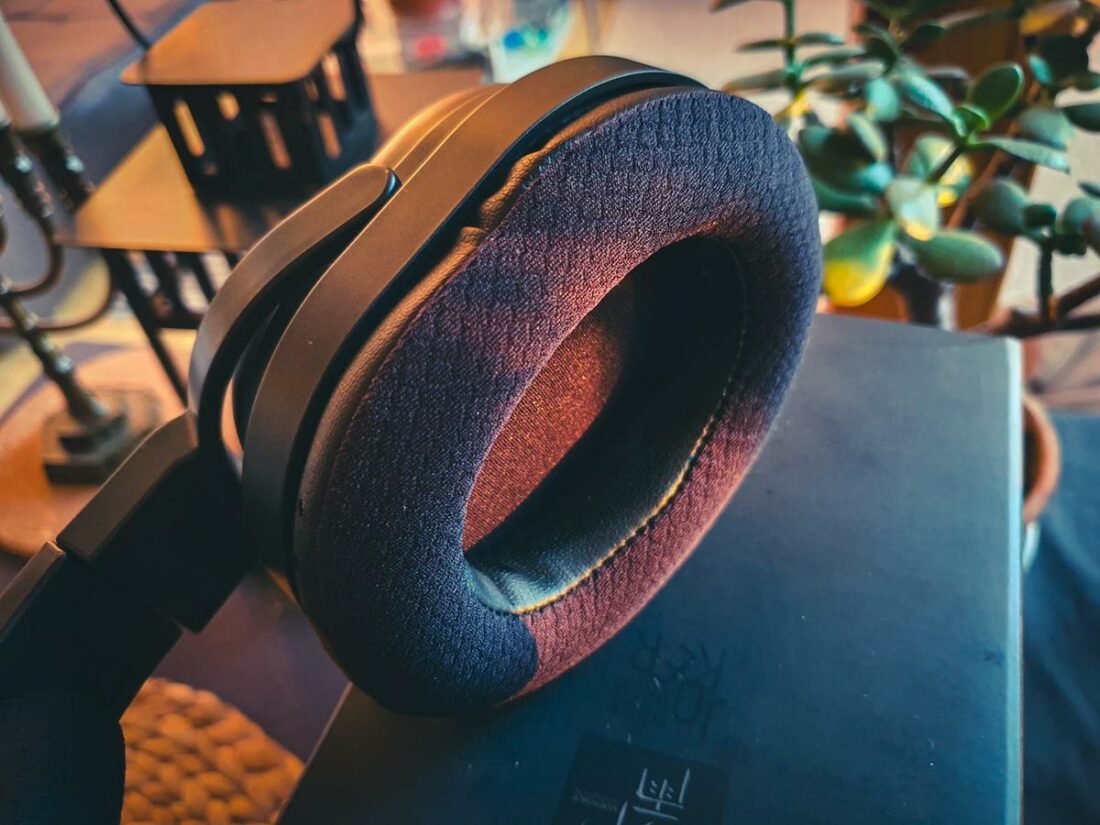
Knocking on the stamped brass cups reveals a concern of mine – they ring and seem to have little, if any, damping.
Moondrop claims that the shape of the inner earcup has been inspired by the venerable Sony MDR-R10. That’s nice, but the R10 had thick wooden cups with plenty of damping.
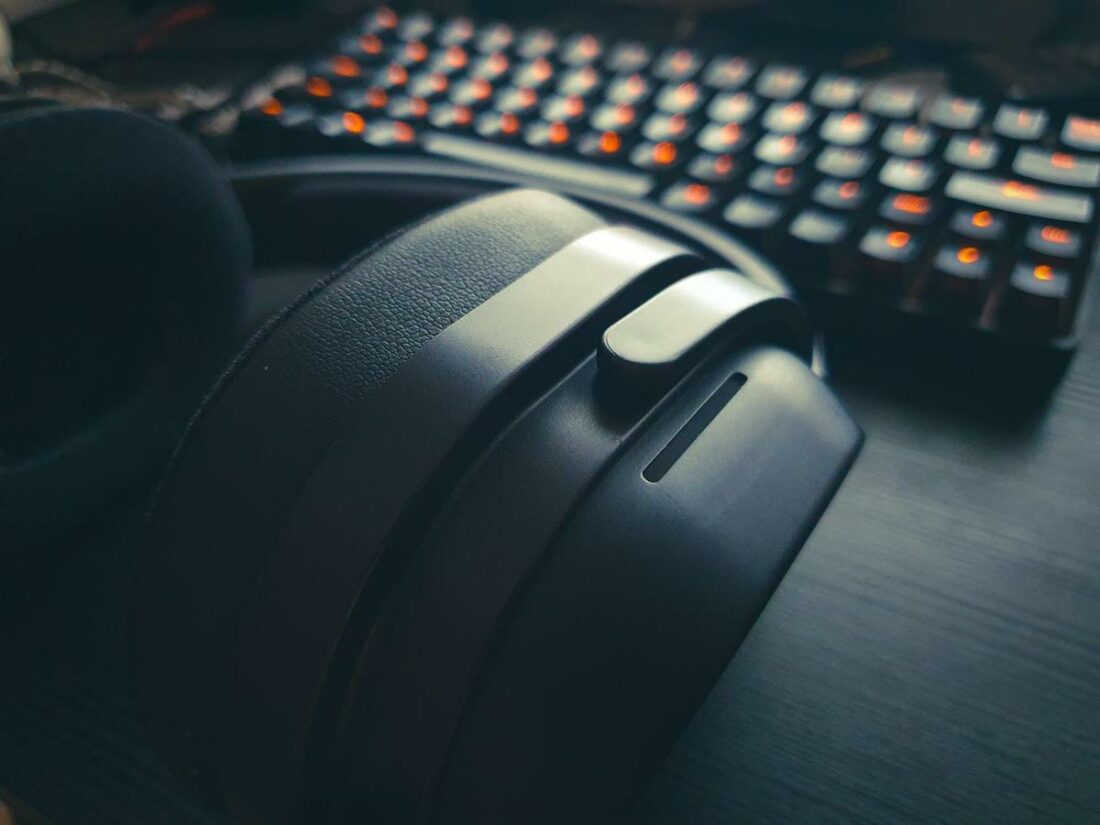
Moondrop Joker Sound
It’s hard to pinpoint what tuning Moondrop was shooting for with the Joker. They mention a professional-oriented sound, which doesn’t tell us much. How should pro headphones sound? Probably like good studio monitors in a decent room.
This is, sadly, not how pro headphones should sound.
Having been in the pro audio industry for seven years, I’ve seen a myth that one’s monitoring should sound bad so that the mixes end up coming out good. While there is some merit to the mechanics behind it, the problem is that there are infinite ways in which something can sound bad.
The overall sound signature on the Joker is similar to old diffuse field tuning, which sounds too thin and bright to most people. For pro audio, I only see it working in very non-critical applications where only specific signals like hiss or hum must be detected.
Bass
It’s usually a given that closed-back headphones have good low-end. This is not the case with the Joker. While over 100Hz bass is pretty okay, everything under is rolled off. I can only guess about this tuning choice, as the 50mm driver should be capable of moving air.
After some listening, I finally understood what the bass reminds me of – open-back headphones! My listening room was pretty quiet at the time and I did my usual isolation check by doing finger snaps. Great was my surprise when I discovered that the earcup porting has made the isolation non-existent.
The lack of low-end volume makes the Joker sound quite thin and lifeless.
Mids
If anything, the mids are where I have the least objections with the Joker. They’re linear and reveal decent detail for headphones of this price range. I can tell that the driver has potential, as there’s a good amount of detail.

As the low-end is very much subdued, it doesn’t bleed into the mids and lets them take the front stage. After listening for a while to mid-heavy music with aggressive guitars or distorted synthetic instruments, it becomes evident that the Joker has too much upper-mids at around 3kHz.
The overall listening experience is rather fatigue-inducing.
Treble
With high-frequency content, the Joker again shows that the 50mm driver is well-designed.
There are two flies in the ointment, though – two pronounced resonances at 7.5kHz and 9.5kHz make the overtones sound unnatural. They also imbue the sound with some extra detail. Not that the driver used here needs that.
Technicalities
The janky tuning is the main thing holding the Joker back from being a great deal. And it’s also making it hard to appreciate the technical prowess of the driver Moondrop has chosen to use.
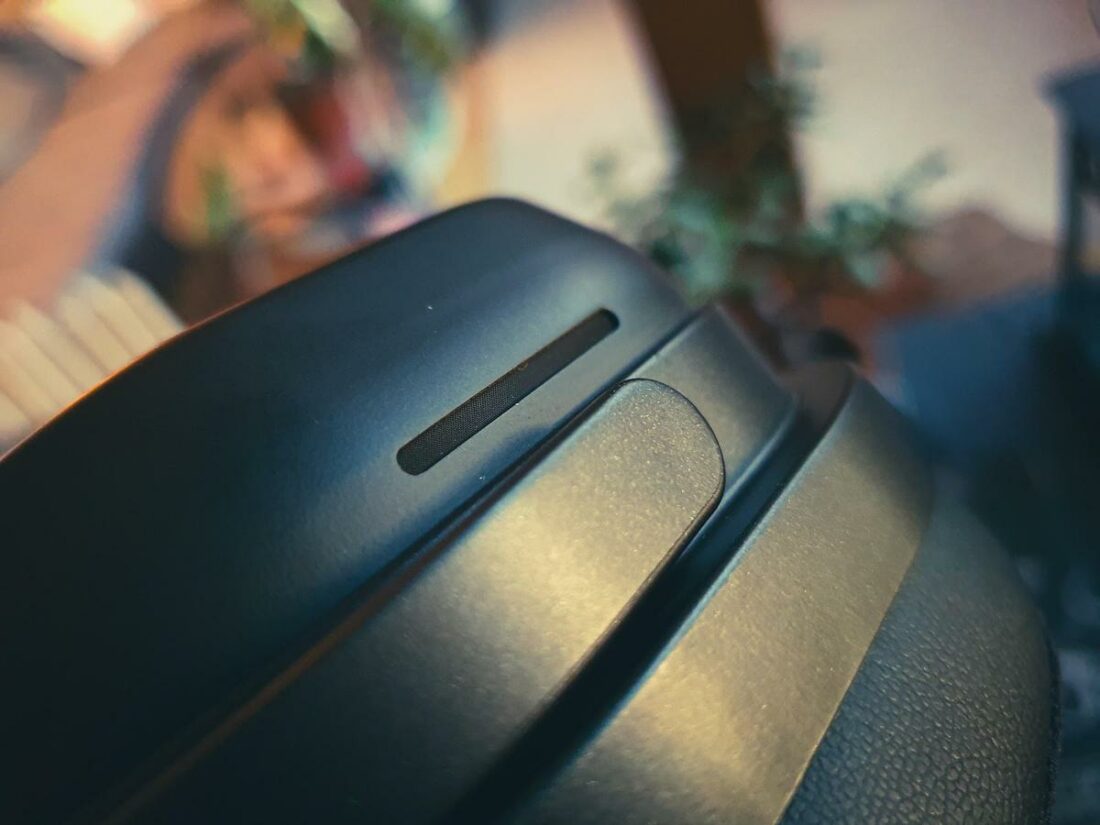
Soundstage-wise, there’s a great deal of space being provided to all the virtual sound sources in the recording. Probably the angled drivers doing their thing. Even with busy material like metal, nothing gets muddled.
It’s just that my ears get tired pretty fast.
Where to Buy?
Conclusion
Over the years, I’ve been approached by multiple new companies and enthusiasts who have come up with or want to develop their own headphones. They usually are under the impression that getting them to sound decent is the hardest part.
What’s usually the case is that getting your headphones not to look like a DIY project (or a Grado knock-off) is way more challenging. Looks and ergonomics are what most can’t do right.
The Moondrop Joker, on the other hand, feel and look superb, yet sound below average.
It’s hard to tell who these headphones are for. Professionals? They’re way too colored for critical work. On-site monitoring? Again – the isolation just isn’t there.
I think there still might be a crowd for these. Modders might be able to succeed where Moondrop has dropped the ball and make these an underground hit. At least, I hope they do.
